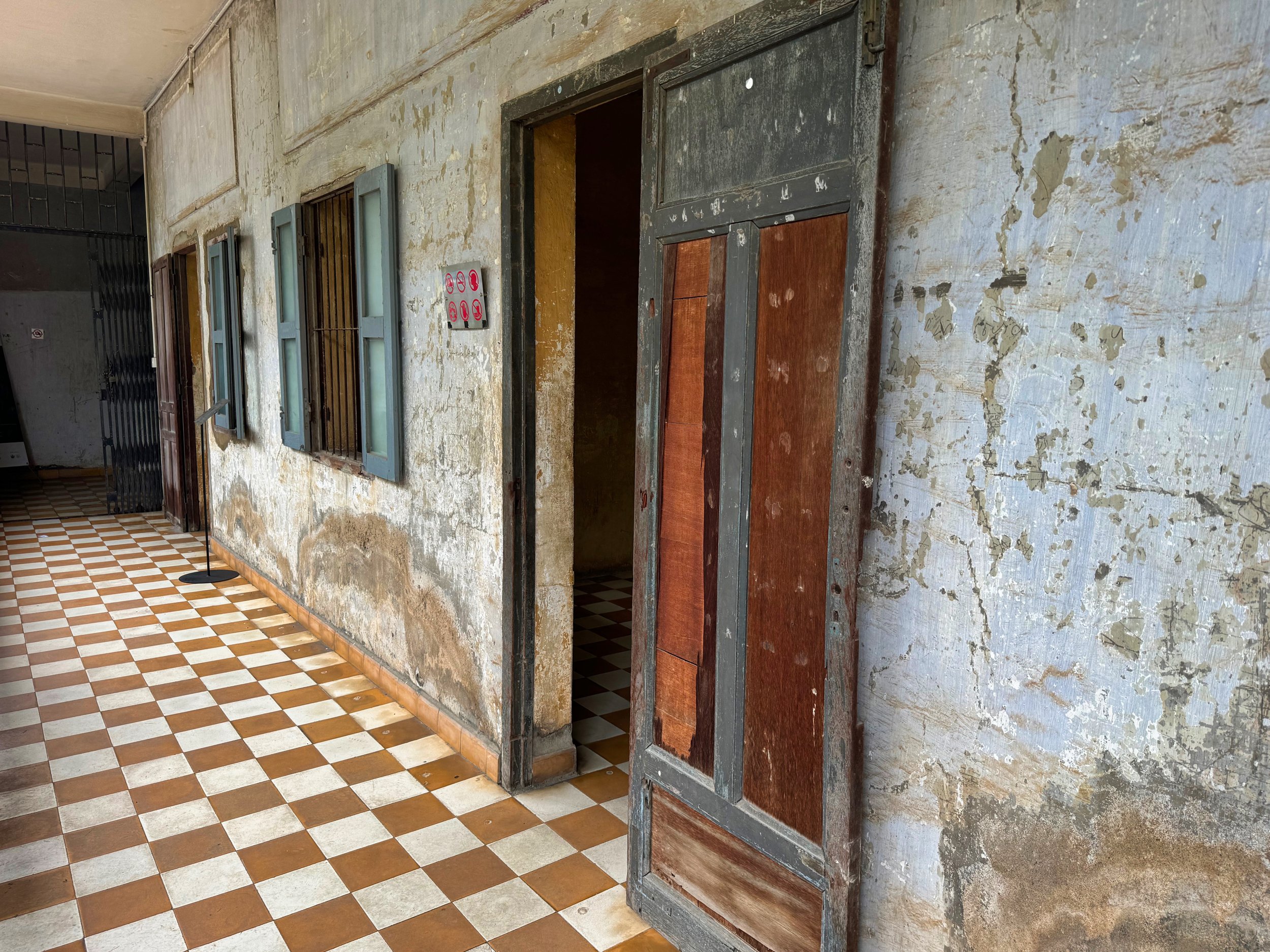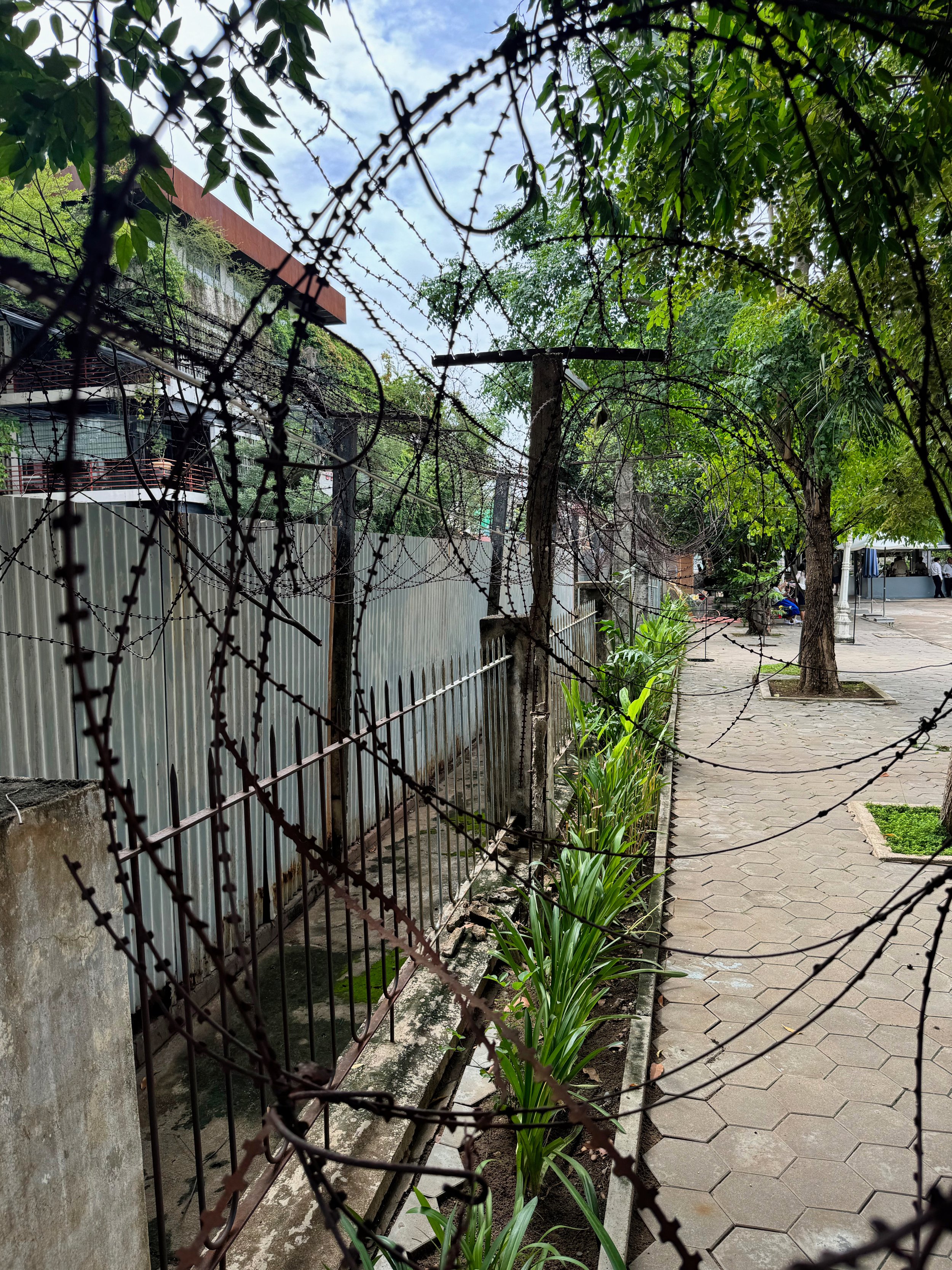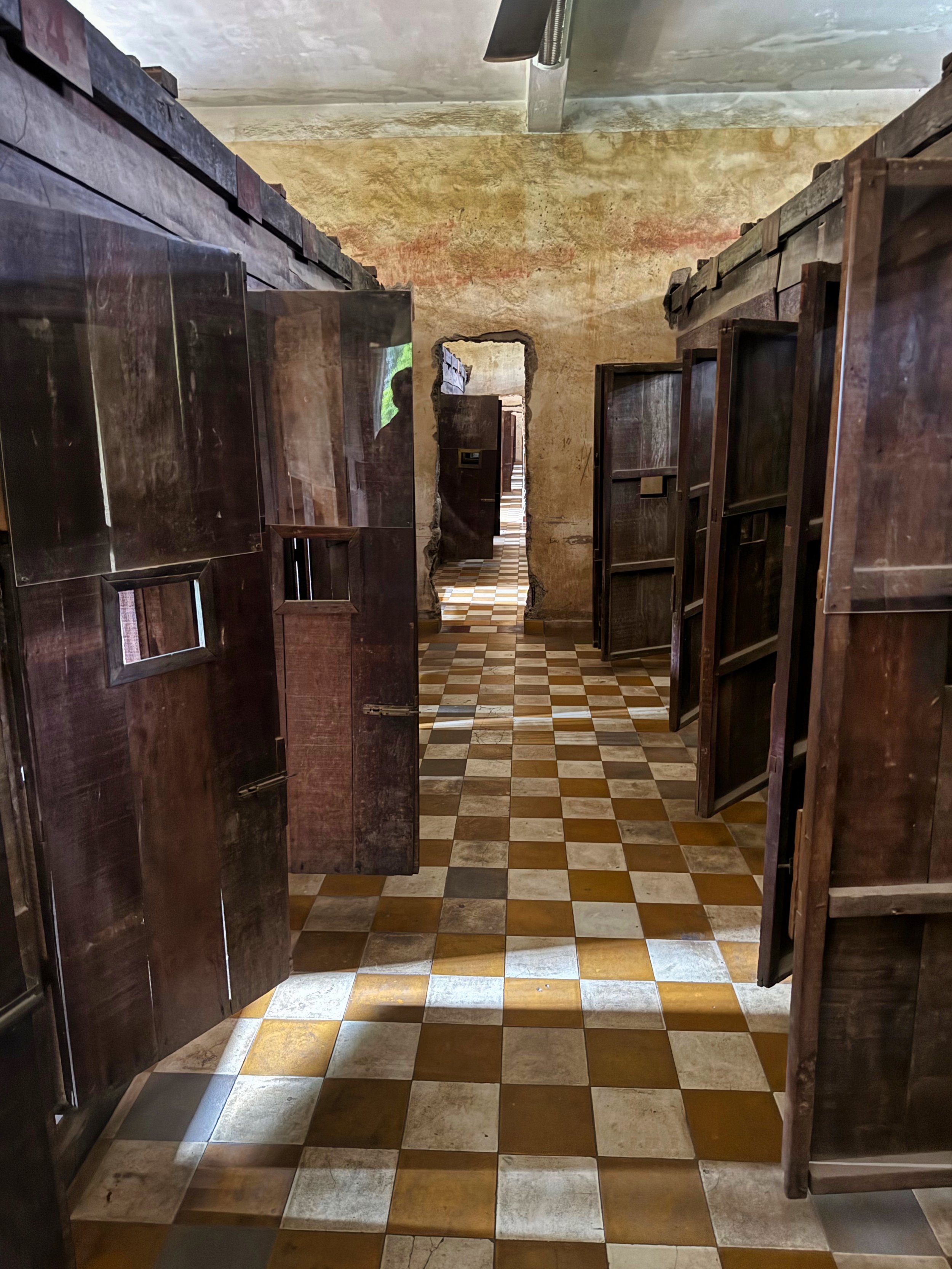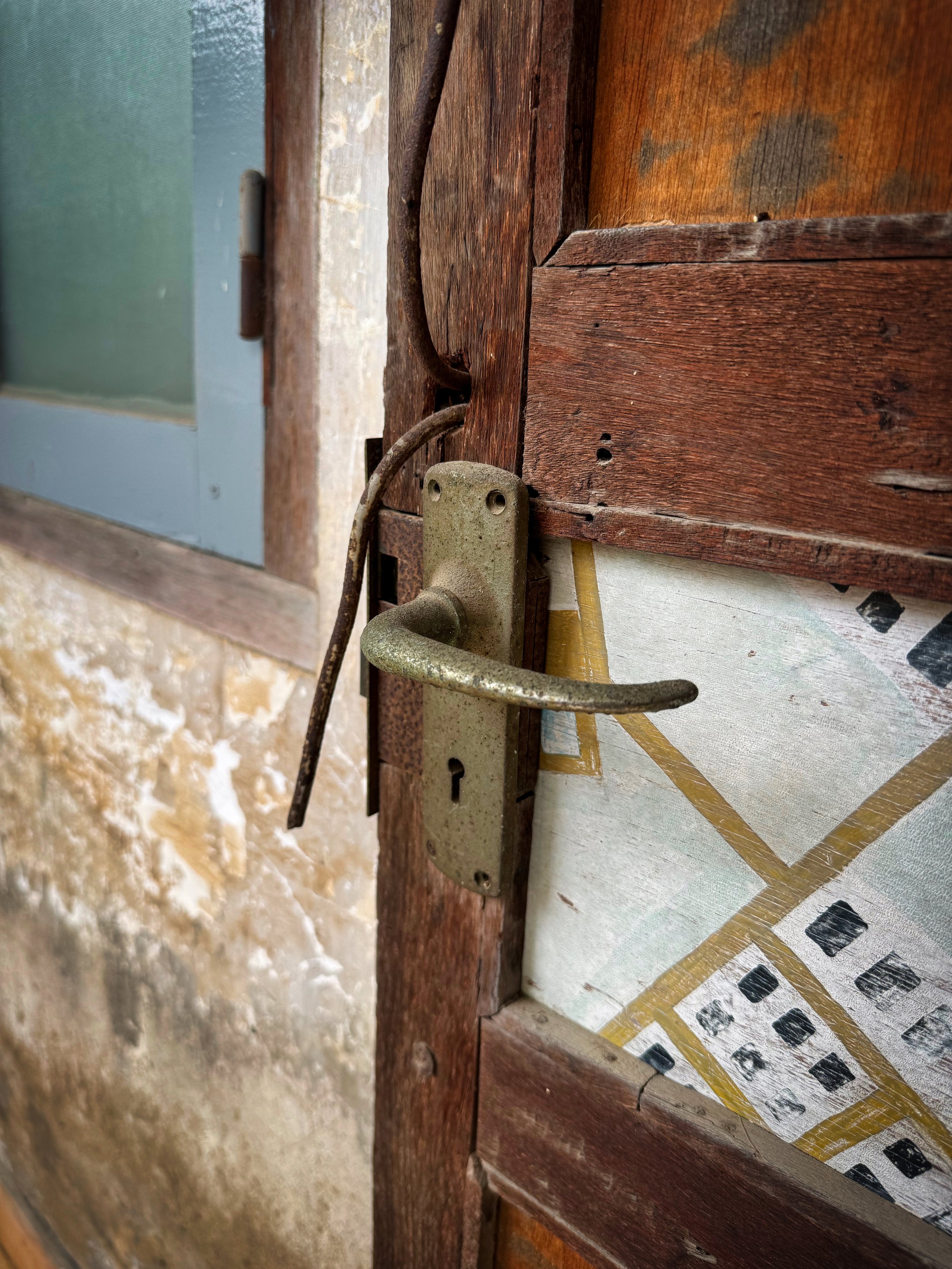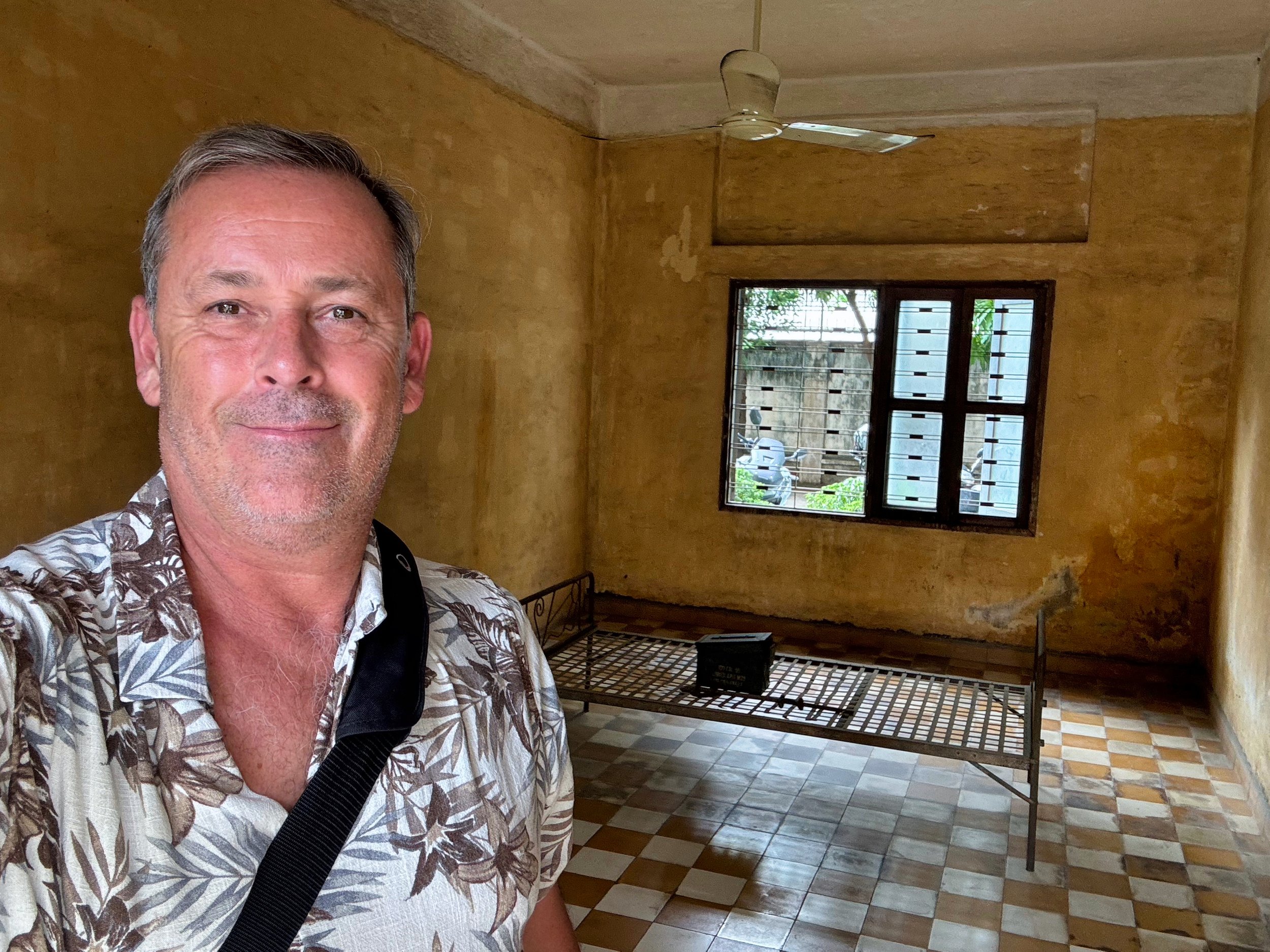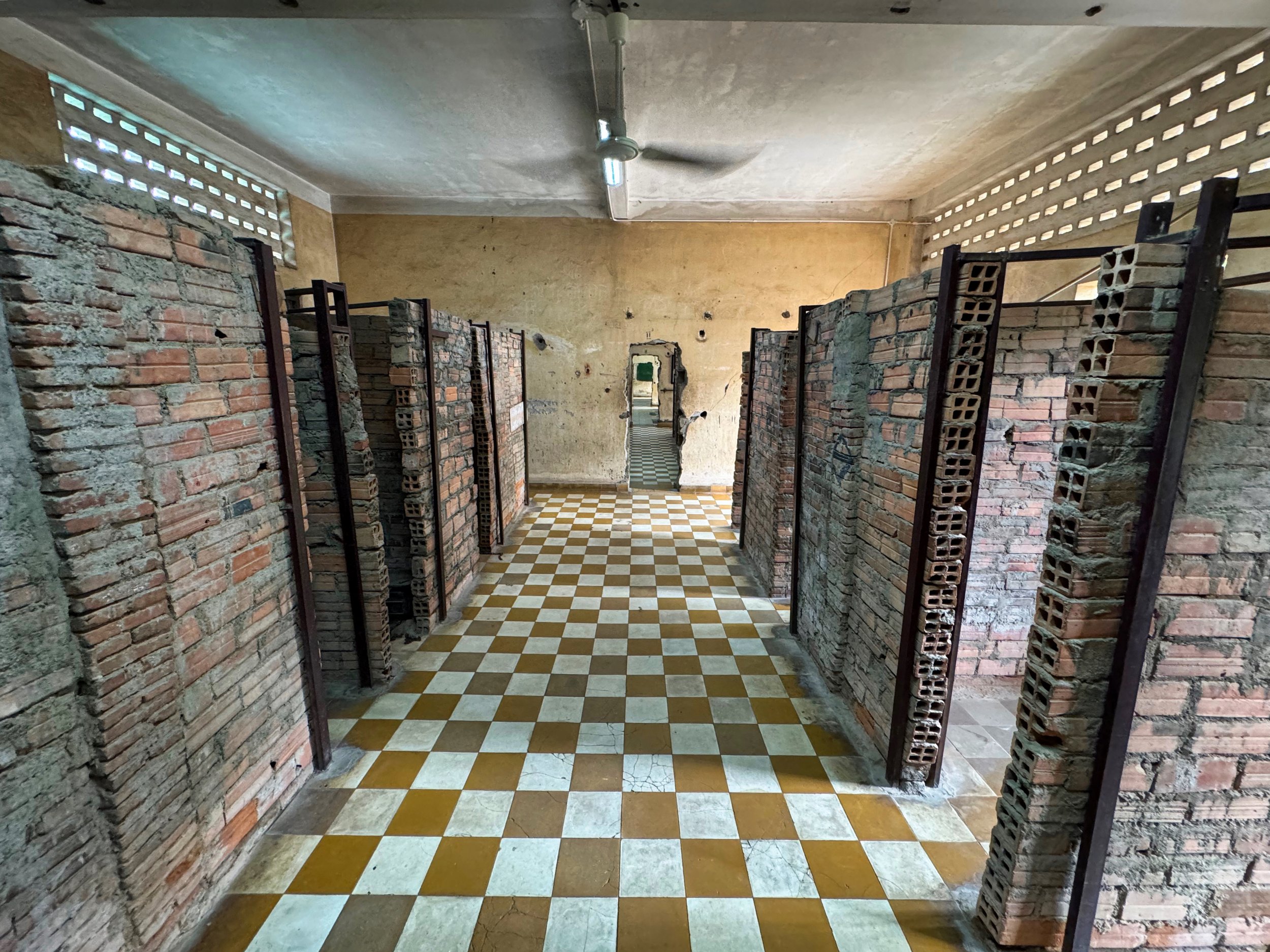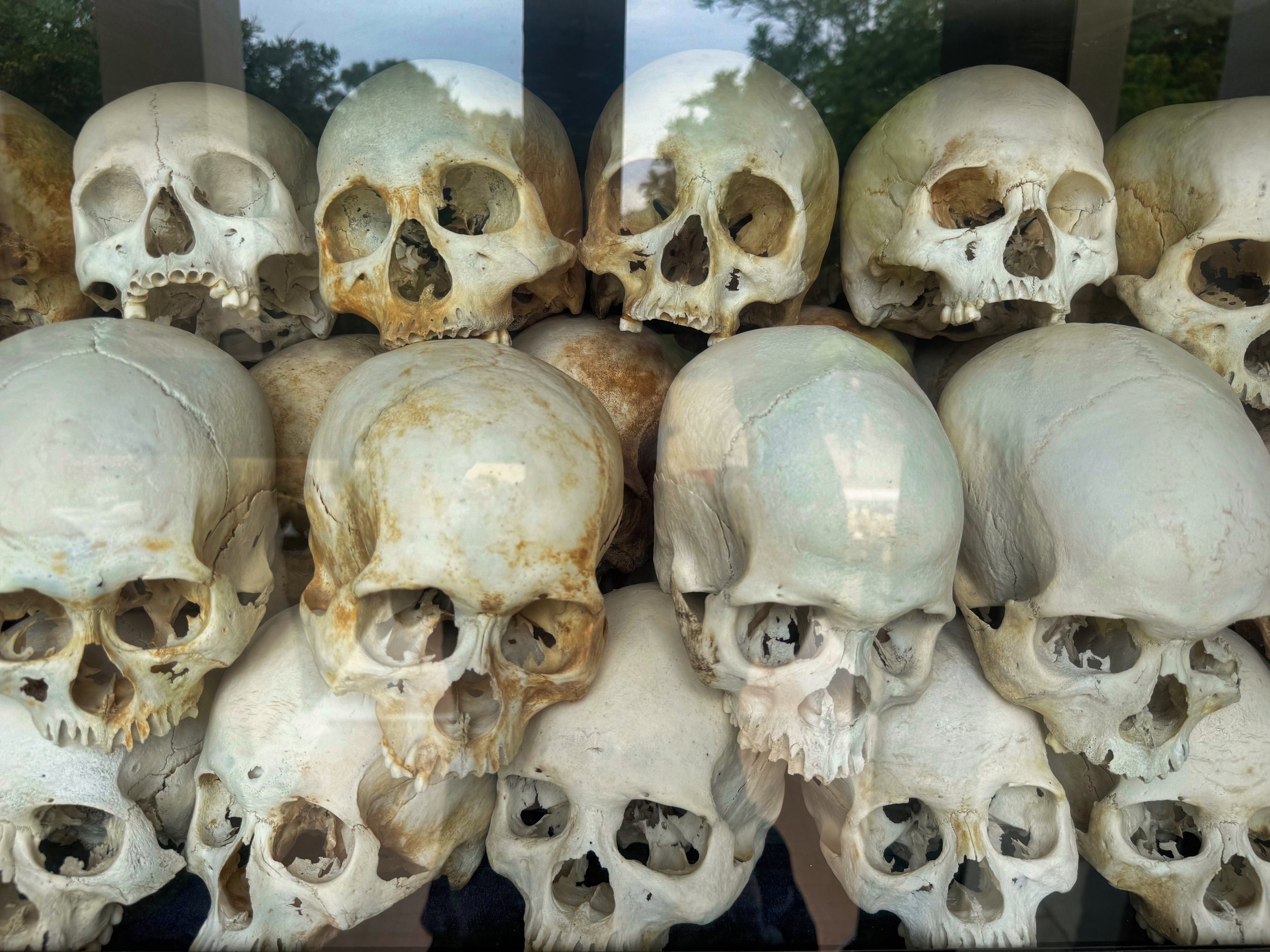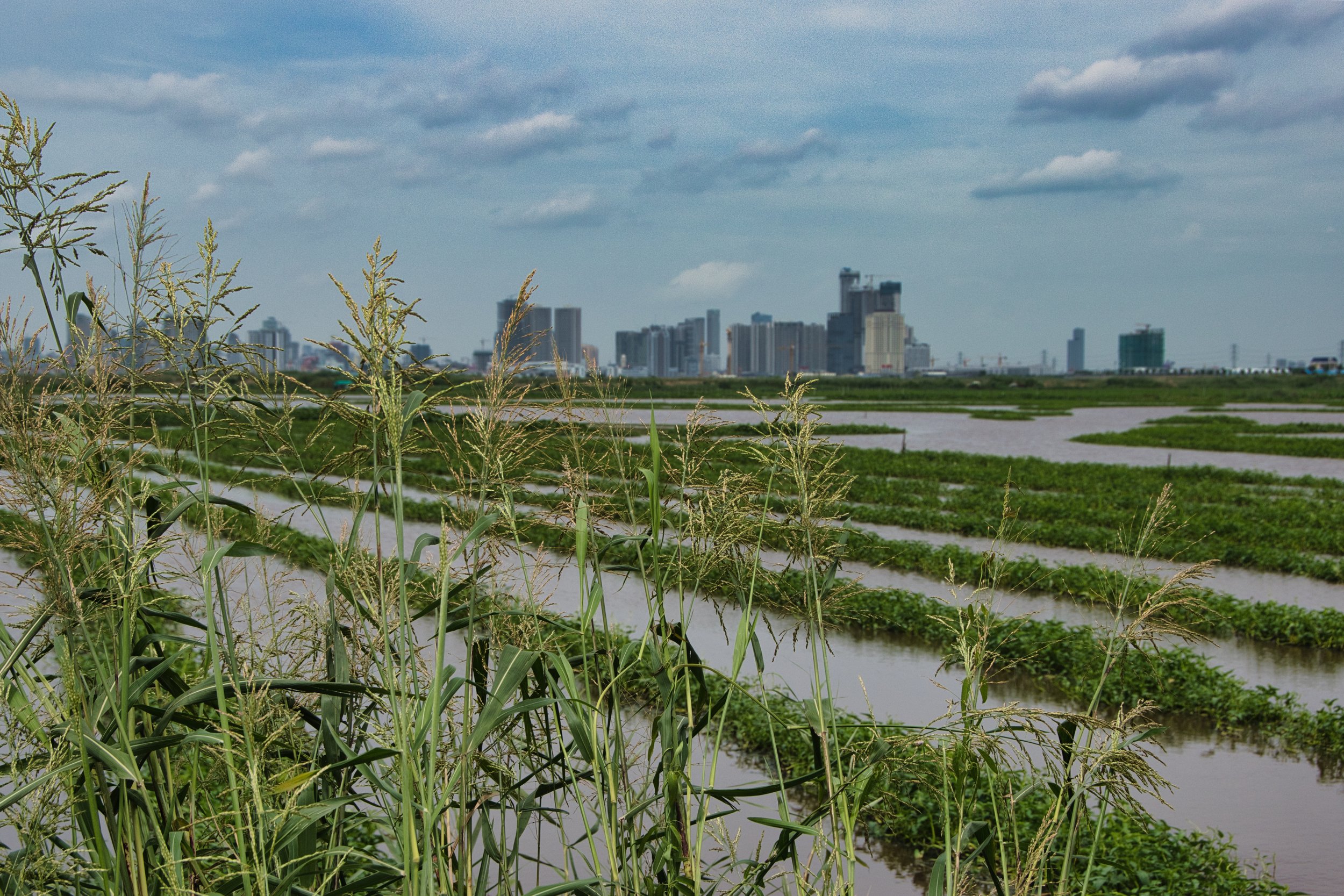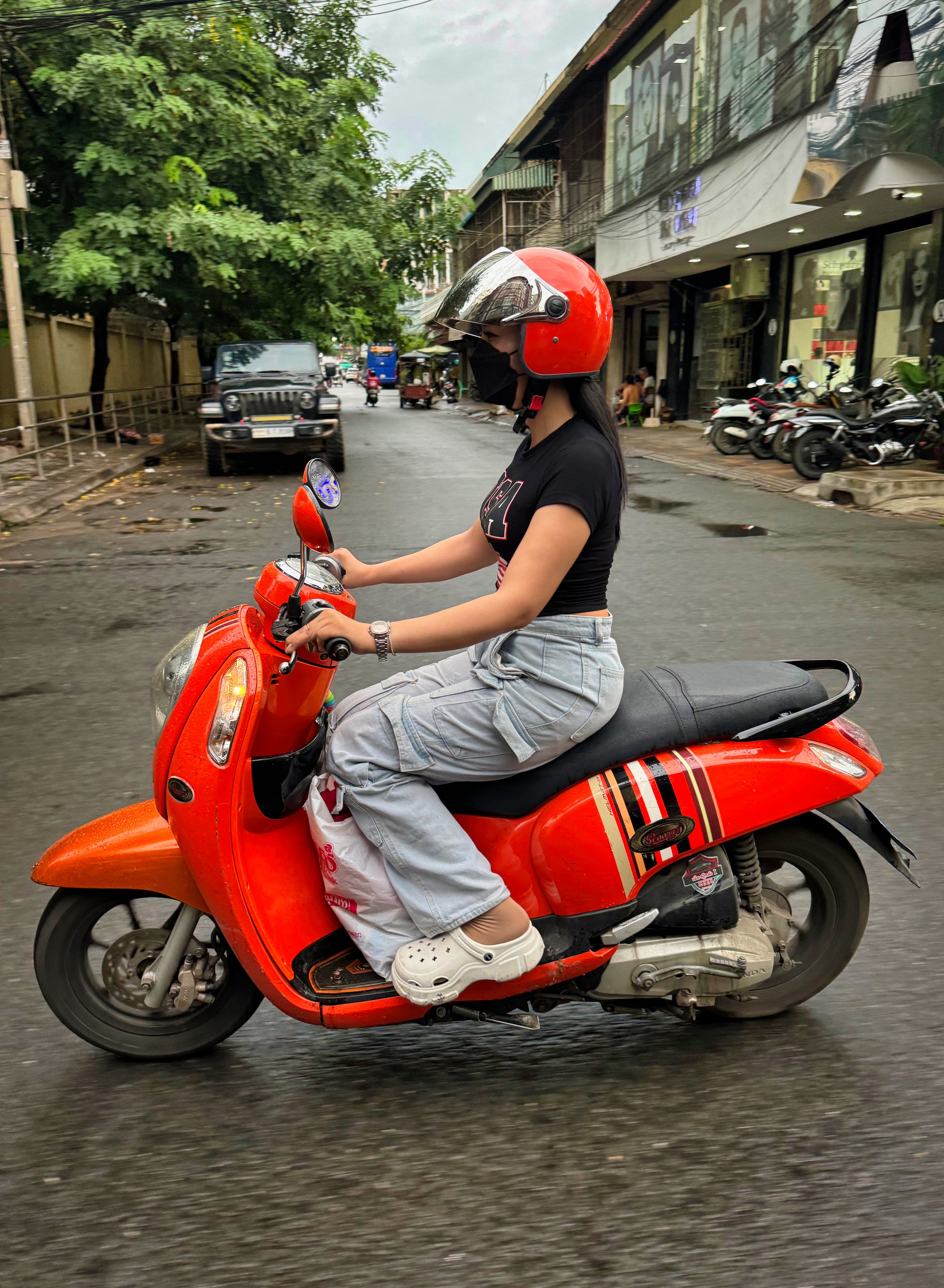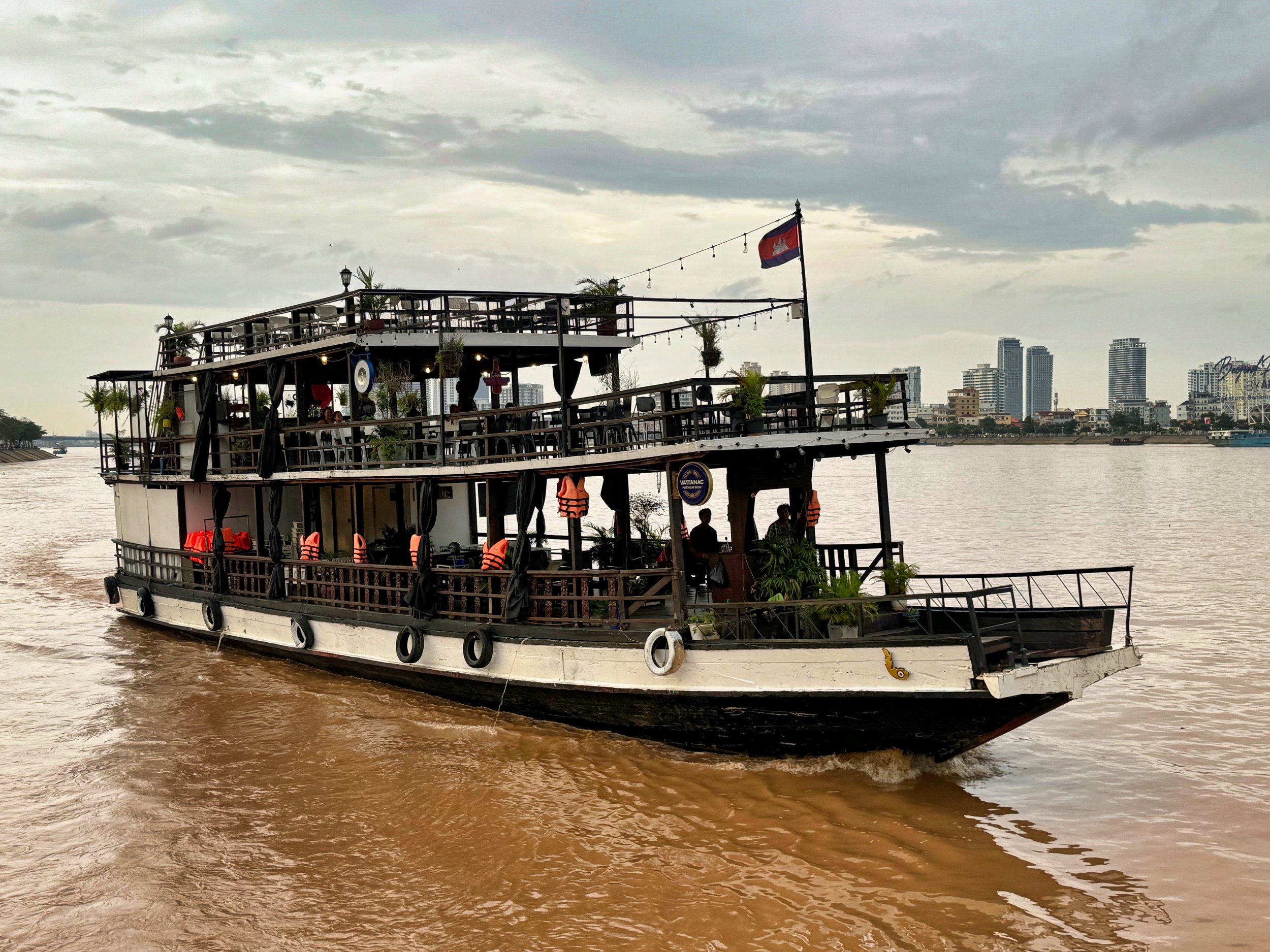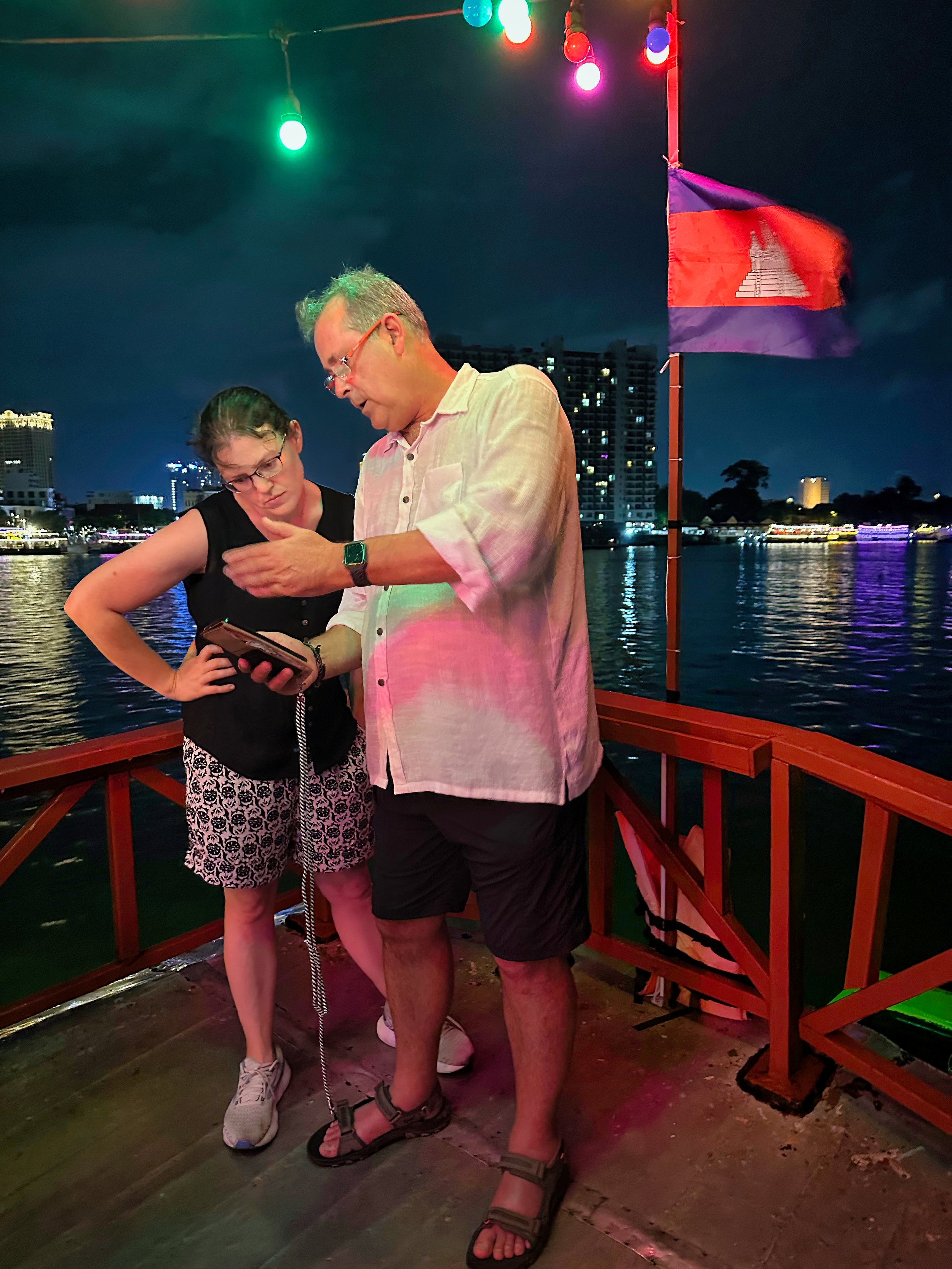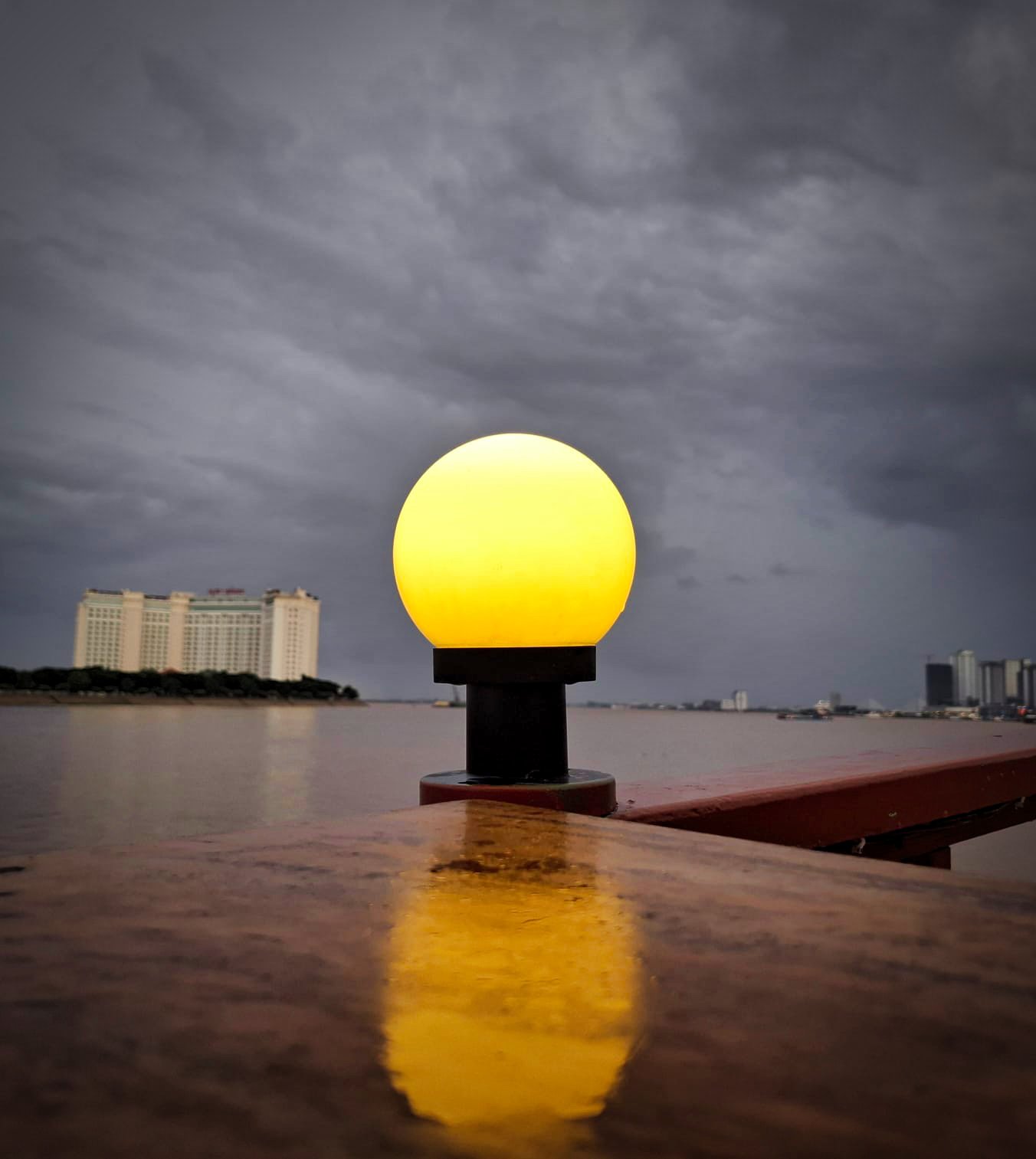Day 2 - Phnom Penh
Cambodia is renowned for a great many things, primarily though the mystical Angkor temples and sadly the genocide collectively known as The Killing Fields are what we all recall. Today was again one of those much anticipated itinerary highlights that would as it played out, become a sombre and horrific education on what atrocities mankind is truly capable of.
The Khmer Rouge was the name given to members of the Communist Party of Kampuchea who ruled Cambodia between 1975 and 1979. Built up slowly in the forests of eastern Cambodia during the late 1960s, they were supported by the People's Army of Vietnam, the Viet Cong and the Chinese Communist Party. Through engagement with the Cambodian National Army beginning in mid 1970, and the turn over of North Vietnamese conquests of the northern third of the country, The Khmer Rouge was quickly empowered as a small guerrilla movement.
The Khmer Rouge Hierarchy
A civil war ensued and after five years of savage fighting the Cambodian Republican government was defeated in April 1975 when the victorious Khmer Rouge proclaimed the establishment of Democratic Kampuchea. The war caused a refugee crisis in Cambodia with two million people displaced from rural areas into the cities. Phnom Penh rapidly grew from about 600,000 in 1970 to an estimated population of 2 million by 1975. As a young child growing up in the mid to late 1970’s, Fatpap recalls mocking “Kampuchean Refugees” never realising what that meant at the time nor the cruelty of it since.
The Khmer Rouge were highly autocratic, totalitarian, and repressive with countless deaths resulting from the regime's social engineering policies and the "Moha Lout Plaoh"modelled after China's Great Leap Forward. Their attempt at agricultural reform through collectivization similarly led to widespread famine with its insistence on absolute self-sufficiency, including the supply of medicine, leading to the death of many thousands from treatable diseases such as malaria.
However the Khmer Rouge’s true terror came with the murder of millions of their perceived political opponents with its racist emphasis on national purity resulting in the genocide of Cambodian minorities. Summary executions and torture were carried out by its cadres during genocidal purges between 1975 and 1978. Ultimately, the Cambodian genocide led to the deaths of 1.5 to 2 million people, around 25% of Cambodia's population at the time.
So this morning while harbouring a prodigiously impressive hangover, we headed off to the Tuol Sleng Genocide Museum right in the heart of town to ironically face some very sobering facts.
Tuol Sleng is a museum chronicling the Cambodian genocide and site of a former secondary school used as Security Prison 21, more commonly referred to as S-21. An estimated 20,000 people were imprisoned here but it was only one of 196 torture and execution centres established by the Khmer Rouge throughout the country. To accommodate the victims of these purges the five former high school buildings were converted in March of 1976 into a prison by enclosing it in electrified barbed wire, metamorphosing the classrooms into tiny prison and torture chambers and covering all windows with iron bars and barbed wire to prevent escapes and suicides.
Preserved as it was left, and not withstanding the horror contained within its walls, it was the fact that a high school, a place of learning, was converted so rudimentarily into halls of terror. Passageways were punched haphazardly through walls and basic brick and wooden cells erected in rooms where children once learned. To Fatpap that was of equal disturbance and perhaps symbolic of the cold hearted and malicious nature of the Khmer Rouge at the time.
At any one time the prison held between 1,000 and 1,500 prisoners who were repeatedly tortured and coerced into naming family members and close associates, who were in turn arrested, tortured and killed. Each of those victims were meticulously documented through photographs and detailed paperwork ensuring all lineage was traced and the regime presided over by Pol Pot eliminated the possibility of future usurpers.
Making S-21 even more surreal is the fact this all happened within most of our lifetimes. Not in medieval conquestional periods, not during Roman expansionist campaigns, but in the late 1970’s after we’d prevented polio, put a man on the moon and mastered apricot chicken on a Sunday night. That is both unbelievable and forlorn at the same time. After WWII and the atrocities uncovered after so many years, how can mankind, as a society, as people, allow this to continually happen?
His fate, just for being a Cambodian
We moved on only 17 km out of town to visit Choeung Ek, a former orchard used as a Killing Field in perpetrating the Cambodian genocide. It was affiliated with the Tuol Sleng detention centre and to date historians have exhumed the bodies of 8,895 victims from hundreds of mass graves.
After internment and interrogation at S-21 nearly all prisoners were transported to Choeung Ek for their ultimate execution. So indifferent and calculated where these mass exterminations a surprising level of thought was put into the process. On arrival prisoners would hear loud music being played over speakers tied to nearby trees. This was callously done to drown out the screams of their predecessors being brutally murdered only metres away. Bludgenoed with pickaxes, shovels and bamboo poles to conserve bullets, these perceived political and intellectual threats were then literally “tossed” into shallow graves with as many as 450 other victims. It was routine and systematic and again indicative of the brutality associated with The Khmer Rouge.
An elevated boardwalk meanders through the 129 communal graves, 43 of which have been left untouched, allowing visitors to not only see, but in some bizarre ways experience what must have transpired almost daily at Choeung Ek. Regularily bones and clothing surface after heavy rainfalls due to the large number of bodies still buried in the shallow graves and it’s not uncommon to run across the bones or teeth of the victims scattered on the surface of the memorial park.
Perhaps the most chilling story within this site of barbarity was a tree used to murder infants by holding onto their feet and smashing their heads against its trunk. Designed to truly eliminate any threat of future retaliation by sons and daughters of the murder victims, this act, and method, is unquestionably abhorrent.
Central to the fields is a Buddhist memorial built around the mass graves dedicated to the victims. This stupa designed in the traditional Cambodian style houses over 8,000 skulls entombed behind acrylic glass together with jaw bones and articles of clothing arranged by sex and age. Here one can clearly see the indentations made to the bone by the various tools used in execution.
This Killing Field is a somber and thought provoking place inducing wonder to how much hatred there can be in this world. In civility, few words were spoken but tears were shed and photographs taken respectfully often without smiling.
Across the road we had a brief lunch before heading back into Phnom Penh but not before a roadside photography stop of the city skyline against some rice fields and a few lazy, free ranging Zebu cows.
The day had so far been pretty heavy, and well within reason, so after some time alone to reflect we reassembled for an optional evening river cruise organised by Toneth. This was indeed a stroke of genius and we once more piled into omnipresent Tuk Tuks for a fun filled ride down to the riverbank. An organised tour has some drawbacks, well to this writer anyway, but at times it provides a traveller the perfect antidote to just kick back and relax knowing someone else is doing all the heavy lifting. Tonight was one of those times.
Phnom Penh, Cambodia
From the banks we climbed aboard a surprisingly seaworthy vessel to scale the aft ladder and claim position on the upper deck. Ordering cocktails while snacking on complimentary nibbles, a very light rain left ever so slight ripples on an incredibly brown Tonle Sap River beneath our keel. As we sailed along the shoreline the buildings quickly merged from multi-storied terraces to The Royal Palace, and on the opposing bank the mega structure of the Sokha Hotel owned by Cambodias only billionaire.
Turning left at the confluence we entered the Mekong River for the second time this holiday picking up the visible current and ordering yet another round of drinks. By now the sun was beginning to set and the city once more illuminated in a glow of lights in the tri-colours of the Cambodian flag. It was an absolutely fantastic experience that for this writer, was perhaps the most relaxing part of the entire trip thus far. From the river it was heartening to see the true beauty of Phnom Penh knowing now its history and once hidden truths of its past. We alighted at our point of boarding and walked a small distance to a restaurant selected by Toneth for its iconic Cambodian cuisine. We dined, along with other things, on fried frogs legs and red-ant rice, a variety of drinks and of course fantastic company.
The Cambodian Crew
Those in the mood walked back to the hotel where the night ended with Fatpap stupidly reacquainting himself on his balcony with a Dirty Hussy he’d met the previous night while everyone else took an early night given the severity of the days education and another early start in the morning.




